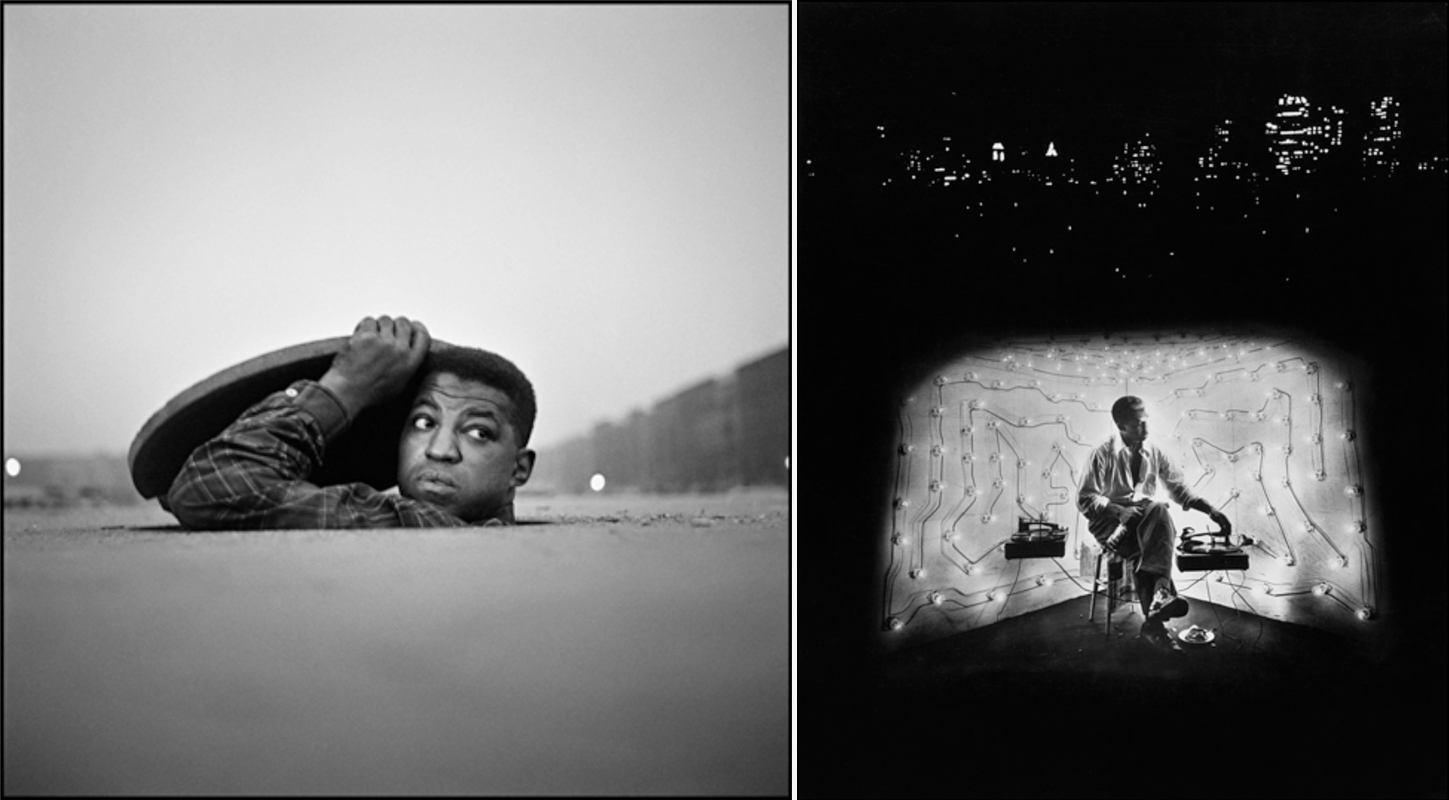Fifty Years After: Gordon Parks, Carrie Mae Weems, Mickalene Thomas, LaToya Ruby Frazier
A photo exhibition of iconic works from four preeminent African American photographers

In the idyllic town of Kent, Connecticut—a little over two hours north of NYC by car—the James Barron Art gallery will host an exhibition of uncommon socio-political importance. “Fifty Years After: Gordon Parks, Carrie Mae Weems, Mickalene Thomas, LaToya Ruby Frazier” features four renowned African American photographers, three of whom are women. And the range of works within hail from the Civil Rights movement to today. From iconoclast Gordon Parks to contemporary photographer LaToya Ruby Frazier, whose work is as investigative as it is artistic, there’s a potency to the exhibition, but also genuine relevance. And all of this commences in the midst of the KentPresents, the town’s annual cultural festival of ideas.

“Gordon Parks opened the door. The others walked through that door,” James Barron explains to CH. And while that’s true, that wasn’t the impetus for the show. During a previous exhibition, over a year ago, a patron proposed the idea of a group show of black female photographers. It resonated deeply with Barron and he began to plan it, as well as a concurrent symposium with KentPresents. “As our year got increasingly horrifying with shootings, I became very upset and very political,” he continues. “It was then I came up with the concept of 50 years after, as it was roughly 50 years after the start of the Civil Rights movement.” In time, Barron had selected Carrie Mae Weems, Mickalene Thomas, and LaToya Ruby Frazier but as he was thinking about overall context, he realized all of them owed a debt of gratitude to Gordon Parks and his documentary photography.

“There are two historic narratives at play in this show,” he says. “There’s the social and the artistic. In some ways we have taken many steps backward in the liberties that developed during the Civil Rights movement. And yet, in the history of art, we have taken a multitude of steps forward.” By this, Barron means that he cannot imagine three female African American photographers back in 1965 receiving the same cultural bandwidth as the three he has selected are garnering in the present day. “Today, we are far from perfect, but many of us do make clear we want to hear all voices.” All four photographers highlight these dual narrative.

“Carrie Mae Weems was a logical choice,” Barron explains. He is showing the entirety of her “The Kitchen Table Series” (1990). “I am struck by the deep humanity of these pictures. What’s intriguing here is that it doesn’t matter who is in the picture or who took it. These are stories and themes that are close to all of us, including relationships with partners, with parents and with children. We all know these domestic environments.” The show leads with two Mickalene Thomas works at the entrance. And LaToya Ruby Frazier’s contributions hail from her Braddock, PA work—striking images of an “american industrial town going through a negative, spiraling transformation.” This is “an American story as much as it is a black story,” Barron says, “and it’s told with power and grace.”

As expected, there are deep emotional undertones to the exhibition. “These are four photographs who were creating out of necessity for expression. The work in person is stronger than I would have even imagined. The dialogue is even stronger,” Barron adds. Throughout our conversation, he repeatedly noted the threats to minorities in present day America while also observing that as a nation we have made substantial strides in providing a voice for some. This isn’t just about race, but gender as well, and historically roughly 50% of the artists Barron has shown have been female.

Yet, despite its quality, this show is not in a major city. It’s in a beautiful, suburban town. And this plays an important role as well. “I like the idea of art as a destination,” Barron concludes. “If you invest the time to travel somewhere, maybe your perception is a little more heightened.” He calls to mind other art destinations, which aren’t that far from Kent itself: Dia: Beacon and MASS Moca. James Barron Arts participates in several global art fairs, including The Armory Show, but a powerful, concise exhibition in an art rich area of the world makes for a thoughtful adventure.

“Fifty Years After: Gordon Parks, Carrie Mae Weems, Mickalene Thomas, LaToya Ruby Frazier” will run at James Barron Art from 20 August until 16 October. The gallery is located at 4 Fulling Lane, Kent, CT.
First five and last two images courtesy of Gordon Parks Foundation, sixth and seventh images courtesy of Carrie Mae Weems and Jack Shainman Gallery, eighth and ninth images courtesy of LaToya Ruby Frazier and Galerie Michel Rein, 10th and 11th images courtesy of Mickalene Thomas and Lehmann Maupin Gallery












